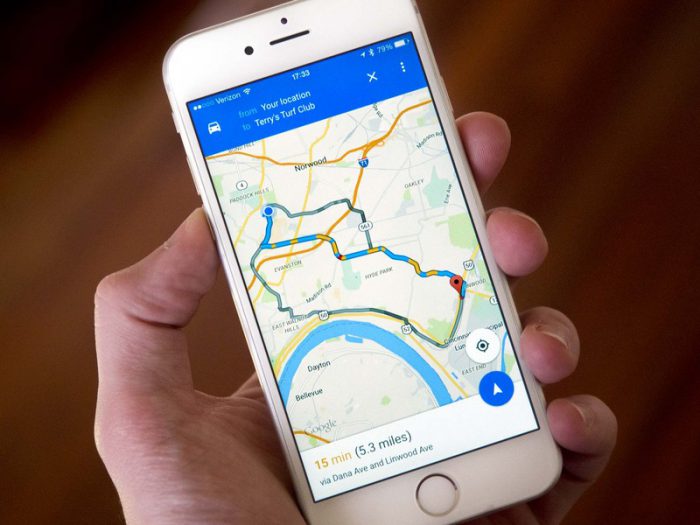
(Ultra) Light Network is a light installation that encourages participatory behavior with an audience. As audience members approach the structure, the intensity of the light increases. This encourages group interactivity, allowing multiple people to participate at once. The form of the structure allows members to walk underneath, allowing audience members to experience the installation from a variety of angles in a more immersive capacity. In general, most of the installations exhibited at iLight explore light as an interactive sculpture, providing playful, beautiful, and delightful experiences. But if we were to think of effectiveness in terms of informing the audience about a topic or probing the audience to think about a topic, I’m not exactly sure if we can describe these installations as “effective.” It depends if we’re looking at these installations as explorations of concepts or as tools with an objective of informing an audience; is the audience supposed to walk away with a different understanding of a subject or are they supposed to have a delightful experience with light? The two aren’t mutually exclusive, but it presents the creator with an objective to think about.

